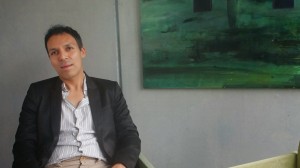This article in Creativity Post comes up with some surprising and useful results for all who play an instrument.
The research led by Robert Duke at the University of Texas, Austin was done on pianists, but would equally apply to guitarists.
The researchers note that the most striking difference between the top three pianists and the rest, was how they handled mistakes. It’s not that the top pianists made fewer mistakes in the beginning and simply had an easier time learning the passage. The top pianists made mistakes too, but they managed to correct their errors in such a way that helped them avoid making the same mistakes over and over, leading to a higher proportion of correct trials overall. And one to rule them all The top performers utilized a variety of error-correction methods, such as playing with one hand alone, or playing just part of the excerpt, but there was one strategy that seemed to be the most impactful. Strategically slowing things down. After making a mistake, the top performers would play the passage again, but slow down or hesitate – without stopping – right before the place where they made a mistake the previous time. This seemed to allow them to play the challenging section more accurately, and presumably coordinate the correct motor movements at a tempo they could handle, rather than continuing to make mistakes and failing to identify the precise nature of the mistake, the underlying technical problem, and what they ought to do differently in the next trial. The one-sentence summary “Success does not consist in never making mistakes but in never making the same one a second time.” -George Bernard Shaw
– See more at: http://www.creativitypost.com/psychology/8_things_top_practicers_do_differently#sthash.6IBDmP3Y.dpuf



 When I was at the
When I was at the 